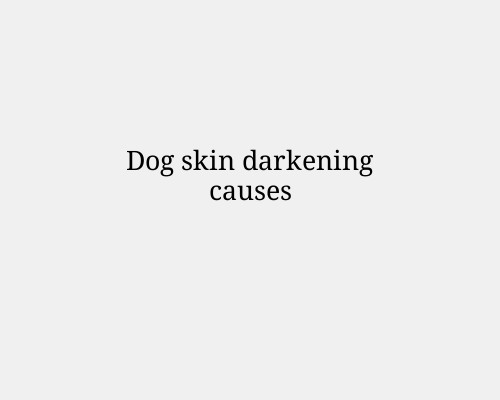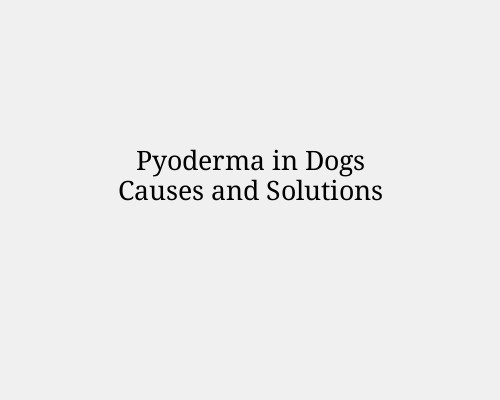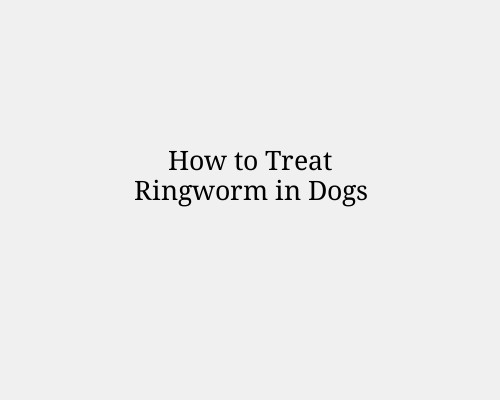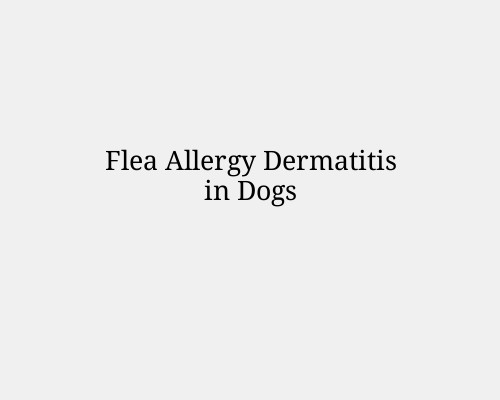Dog skin darkening causes
Dog skin darkening causes
When a dog’s skin turns black, it’s often a sign of an underlying issue that requires attention. This skin darkening, also known as hyperpigmentation, is a symptom rather than a condition itself. Here's a breakdown of the common reasons your dog’s skin may turn black:
![]()
Chronic Inflammation or Skin Infections
Cause: Repeated inflammation due to allergies, infections, or irritation can lead to thickened, darkened skin over time.
Signs: Blackened skin often accompanies redness, itching, scaly patches, or hair loss.
Treatment: Topical or oral antibiotics/antifungals, medicated shampoos, and treating the underlying cause.

Allergic Reactions
Food Allergies: Certain ingredients in dog food can cause itching and skin irritation, leading to chronic scratching.
Environmental Allergies: Pollen, dust mites, or molds may also trigger skin darkening.
Treatment: Eliminate allergens through diet trials or environmental adjustments.

Hypothyroidism
Cause: An underactive thyroid gland slows down metabolism and can cause skin issues, including hyperpigmentation.
Signs: Weight gain, lethargy, thinning hair, and blackened skin.
Treatment: Thyroid hormone replacement therapy prescribed by a vet.

Cushing’s Disease (Hyperadrenocorticism)
Cause: Excess cortisol production can lead to skin darkening, thinning hair, and a pot-bellied appearance.
Signs: Increased thirst, hunger, urination, and skin issues.
Treatment: Medical management or surgery, depending on severity.

Acanthosis Nigricans
Primary Form: A genetic condition seen mainly in Dachshunds, causing dark, thick skin in armpits and groin.
Secondary Form: More common and caused by obesity, allergies, or infections.
Treatment: Weight management, medicated shampoos, and addressing the underlying cause.

Malassezia Dermatitis (Yeast Infection)
Cause: Overgrowth of yeast on the skin, commonly triggered by allergies or a weakened immune system.
Signs: Greasy, smelly skin with blackened patches, redness, and itchiness.
Treatment: Antifungal shampoos, wipes, or oral antifungal medications.

Hormonal Imbalances
Other hormonal disorders, such as sex hormone imbalances, can trigger changes in pigmentation and overall skin health.
Treatment: Hormonal testing and therapy based on your dog’s specific needs.

Post-Inflammatory Hyperpigmentation
After a skin injury or infection, the body may produce excess pigment as part of the healing process. This is common after conditions like hot spots or mange.

Age-Related Skin Changes
In older dogs, skin changes are common. Pigmented patches may appear naturally with aging.
![]()
When to See a Vet
If your dog’s skin turns black suddenly, or if it’s accompanied by itching, hair loss, foul odors, or behavioral changes, consult a veterinarian immediately. Proper diagnosis is key to treating the underlying condition and preventing further skin damage.







